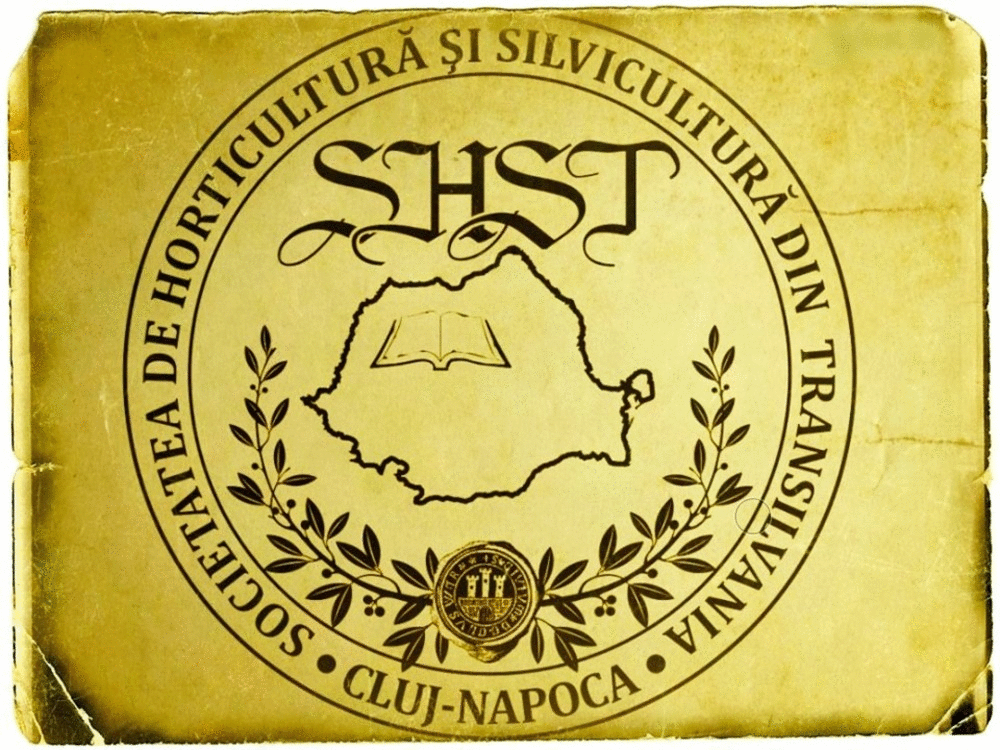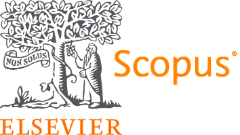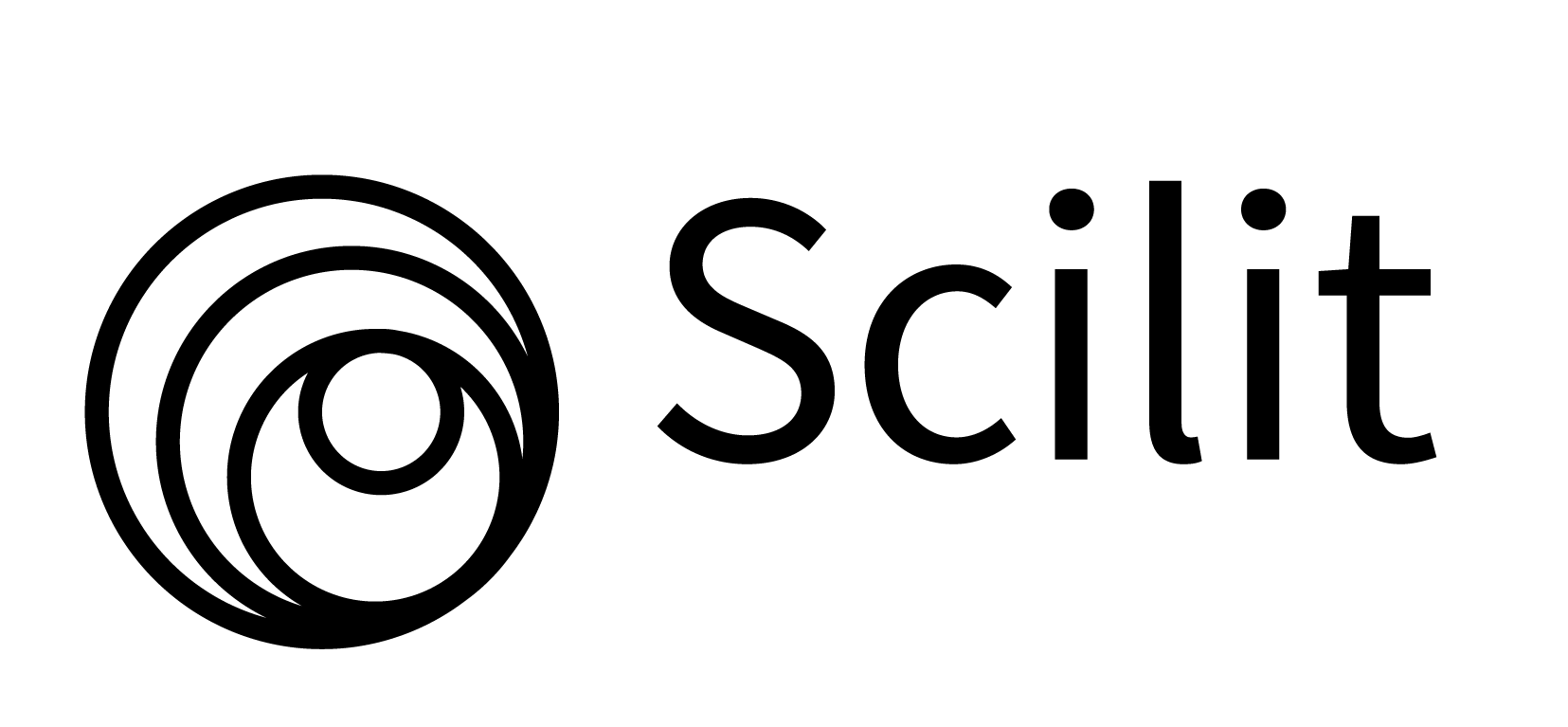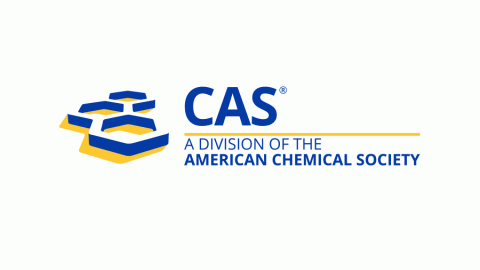Environmental variations on physicochemical properties in vasicine content of Adhatoda vasica - An ayurvedic medicinal plant
DOI:
https://doi.org/10.55779/nsb15111368Keywords:
alkaloids, antidiabetic, herbal, metabolites, variationsAbstract
Adhatoda vasica (Acanthaceae) is a medicinal plant used in traditional formulations for the treatment of various disease conditions. The physicochemical properties fluctuate with the season and in response to stress. To obtain the highest medicinal value it is necessary to collect the plant raw material in the correct season. The present study was aim to evaluate the physiochemical fluctuations in the leaves of A. vasica and the vasicine, an antidiabetic constituent in these leaves. Leaves were collected in every month of a year at different time and places and authentication and standardization was done. The leaves were evaluated for the macroscopic and microscopic evaluation, quantitative microscopy, proximate phytochemical analysis, extractive values in petroleum ether, chloroform, ethyl acetate, ethanol, water, and determination of the concentration of antidiabetic component vasicine. The leaves showed morphological and microscopical variations in different seasons. The phytochemical composition was the same in all seasons however the levels of extractive values fluctuated in response to seasonal variations. Maximum levels of ethanol and water extract were obtained in the winter season also the vasicine concentration was higher in this season.
Metrics
References
Anonymous (2004). Review on Indian medicinal plants. Vol I. Indian council of medical research, New Delhi, pp 258.
Arun C, Chitharanjan D, Vijaya R, Dendi K, Aditya C, Rahul R, … Wasique M (2017). Clinical review of antidiabetic drugs: implications for Type 2 diabetes mellitus management. Frontiers in Endocrinology 8(6):1-12. https://doi.org/10.3389/fendo.2022.891927
Asha T, Abhilash K, Adinath S, Sanjeevani D, Lata K (2020). A high-performance thin layer chromatographic method using a design of experiment approach. Turkish Journal of Pharmaceutical Sciences 17(2):148-158. https://doi.org/10.4274/tjps.galenos.2018.80958
Das C, Poi R, Chowdhary A (2005). HPTLC Determination of vasicine and vasicinone in Adhatoda vasica. Phytochemical Analysis 16: 90-92. https://pubmed.ncbi.nlm.nih.gov/15881115/ 10.1002/pca.817.
Dhar ML, Dhar MM, Dhawan BN, Mehrotr BN and Ray C (1968). Screening of Indian plants for biological activity part. Indian Journal of Experimental Biology 6:232-247.
Cho NH, Shaw JE, Karuranga S, Rocha F, Ohlrogge AW, Malanda B (2018). Diabetes Atlas: Global estimates of diabetes prevalence for 2017 and projections for 2045. Diabetes Research Clinical Practice 138:271-281. https://doi.org/10.1016/j.diabres.2018.02.023
Feneli K, George S, Aristofania S (2020). The challenges in the development of diabetes prevention and care models in low- income settings. Frontiers Endocrinology 11(518):1-9. https://doi.org/10.3389/fendo.2020.00518
Haidan Y, Qianqian M, Li Y, Guangchun P (2016). The traditional medicine and modern medicine from natural products molecules. Molecules 21(559):1-18. https://doi.org/10.3390/molecules21050559
Martins E (2013). The growing use of herbal medicines: issues relating to adverse reactions and challenges in monitoring safety. Frontiers in Pharmacology 4(177):1-10. https://doi.org/10.3389/fphar.2013.00177
Narayana D.B.A, Agarwal S, Luthra S, Srinivas N (1995). A HPTLC method for the quantitative analysis of vasicine in Adhatoda vasica. Indian Drugs 32(12):583-86.
Ngan T, Bao P, Ly L (2020). Bioactive compounds in anti-diabetic plants: from herbal medicine to modern drug discovery. Biology 9(9):252. https://doi.org/10.3390/biology 9090252
Oyinlola O, Ngianga BK, Peter JC, Richard JL (2016). Use of traditional medicine in middle-income countries: a WHO-SAGE study. Health Policy Plan 31(8):984-991. https://doi.org/10.1093/heapol/czw022
Saikat S, Raja C (2017). Revival, modernization and integration of Indian traditional herbal medicine in clinical practice: Importance, challenges and future, Journal of Traditional and Complementary Medicine 7(2):234-244. https://doi.org/10.1016%252Fj.jtcme.2016.05.006
Shabir L, Ajit S, Malik T, Yogesh B and Raghuwanshi K (2013). A review on Adhatoda vasica Nees- An important and high demanded medicinal plant. Indo American Journal of Pharmaceutical Research 3(3):27-33. https://doi.org/10.1044/ 1980- iajpr.08440
Shi-L C, Hua Y, Hong ML, Qiong W, Chun FL, Andre S (2016). Conservation and sustainable use of medicinal plants: problems, progress, and prospects. Chinese Medicine 11:1-6. https://doi.org/10.1186/s13020-016-0108-7.
Soni S, Anadjiwala S, Patel G, Rajani M (2008). Validation of different methods of preparation of Adhatoda vasica leaf juice by quantification of total alkaloids and vasicine. Indian Journal of Pharmaceutical Sciences 70(1):36-42. https://doi.org/10.4103/0250-474X.40329.
Sushree PD, Sangita D, Soubhagyalaxmi S (2017). Phytochemical and biochemical characterizations from leaf extracts from Azadirachta indica: An important medicinal plant. Biochemistry and Analytical Biochemistry 6(2):1-4. https://doi.org/10.4172/2161-1009.1000323
Uttpal A, Nadia JH, Amma, A, Naoufal L (2019). A comprehensive review on medicinal plants as antimicrobial therapeutics: potential avenues of biocompatible drug discovery. Metabolites 9(11):258. https://doi.org/10.3390/metabo9110258
Wesam K, Maryam F, Zahra A, Damoon A, Majid A (2016). The role of medicinal plants in the treatment of diabetes. Electronic Physician 8(1):1832-1842. https://doi.org/10.19082/1832
Downloads
Published
How to Cite
Issue
Section
License
Copyright (c) 2023 Palshikar GAUTAM, Shanmugapandiyan PITCHAIMUTHU

This work is licensed under a Creative Commons Attribution 4.0 International License.
Papers published in Notulae Scientia Biologicae are Open-Access, distributed under the terms and conditions of the Creative Commons Attribution License.
© Articles by the authors; licensee SMTCT, Cluj-Napoca, Romania. The journal allows the author(s) to hold the copyright/to retain publishing rights without restriction.
License:
Open Access Journal - the journal offers free, immediate, and unrestricted access to peer-reviewed research and scholarly work, due SMTCT supports to increase the visibility, accessibility and reputation of the researchers, regardless of geography and their budgets. Users are allowed to read, download, copy, distribute, print, search, or link to the full texts of the articles, or use them for any other lawful purpose, without asking prior permission from the publisher or the author.













.png)















